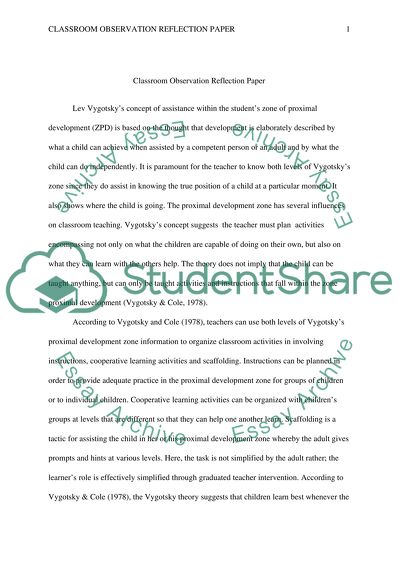Cite this document
(“Classroom Observation Essay Example | Topics and Well Written Essays - 1000 words”, n.d.)
Retrieved from https://studentshare.org/education/1462085-classroom-observation
Retrieved from https://studentshare.org/education/1462085-classroom-observation
(Classroom Observation Essay Example | Topics and Well Written Essays - 1000 Words)
https://studentshare.org/education/1462085-classroom-observation.
https://studentshare.org/education/1462085-classroom-observation.
“Classroom Observation Essay Example | Topics and Well Written Essays - 1000 Words”, n.d. https://studentshare.org/education/1462085-classroom-observation.


